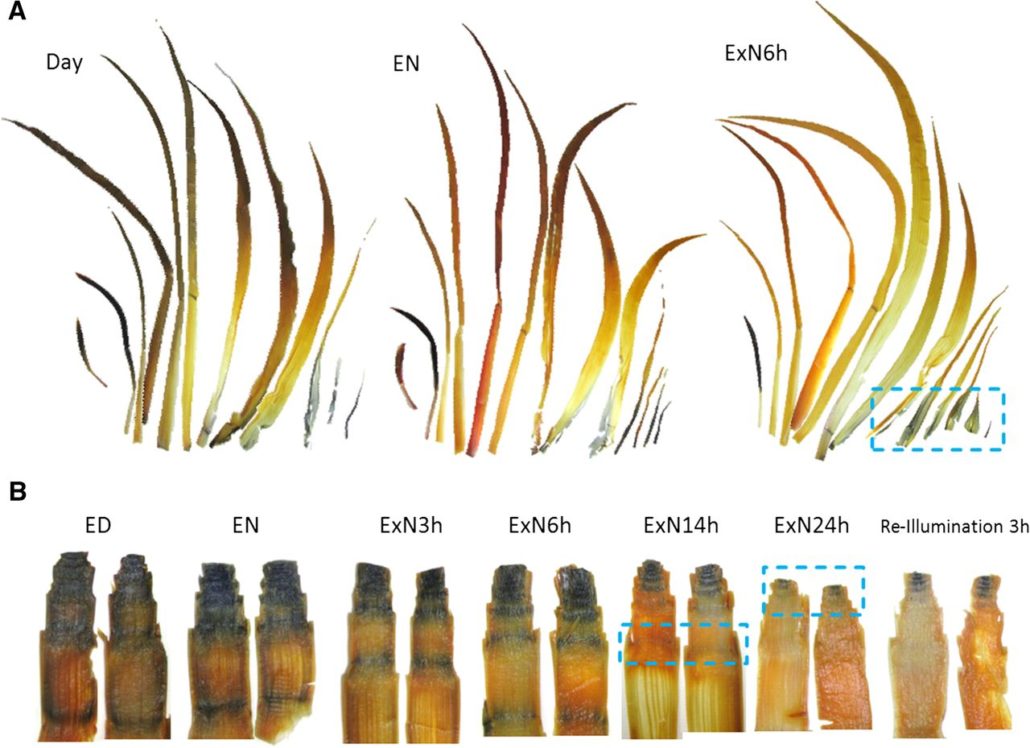
Best of 2016: Top Topics in Plant Physiology jounal
Blog, Research, Research Blog
We’ve highlighted some of the Plant Physiology papers that were widely shared, liked, blogged, retweeted and otherwise garnered high-levels of attention this year. Perhaps you can use some of that holiday-season quiet time to catch up on those you missed.
The breakaway attention-getter from Plant…
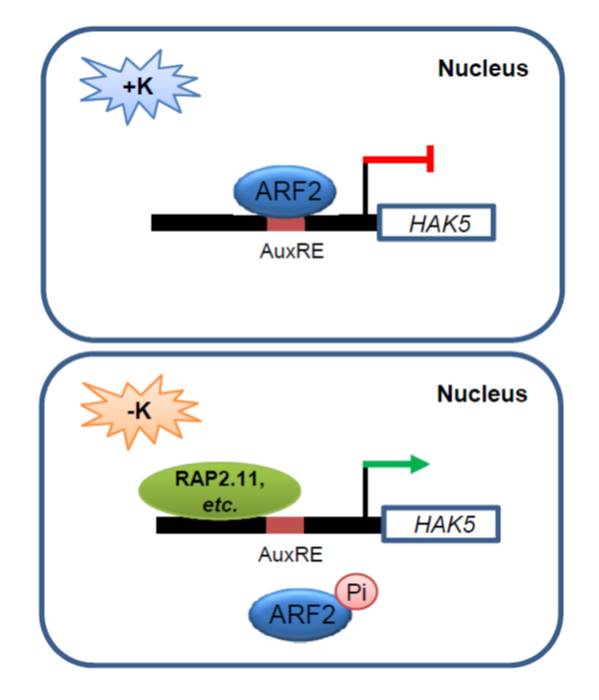
Transcriptional repression of K+ uptake by ARF2
Plant Science Research Weekly, Research0 Comments
/
HAK5 is a high-affinity potassium transporter that is transcriptionally repressed in high K+ conditions. Zhao et al. identified hormone-related cis-elements in the HAK5 promoter. They screened mutants deficient in transcription factors associated with these cis-elements and found that arf2 mutants show…
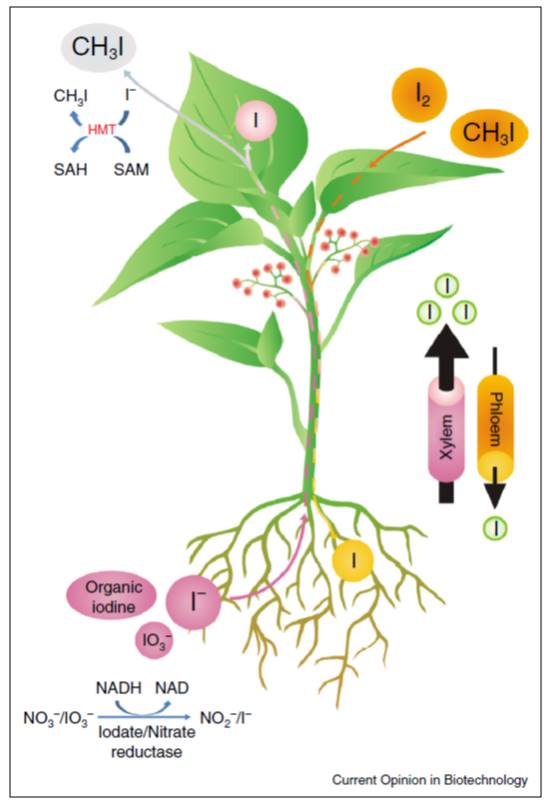
Biofortification of plants: New Reviews ($)
Plant Science Research Weekly, ResearchBiofortification is the nutritional enhancement (using conventional or genetic engineering approaches) of food with vitamins or micronutrients with the goal of improving the human diet. A set of new reviews in Current Opinion in Biotechnology summarizes progress towards biofortification of plants to…
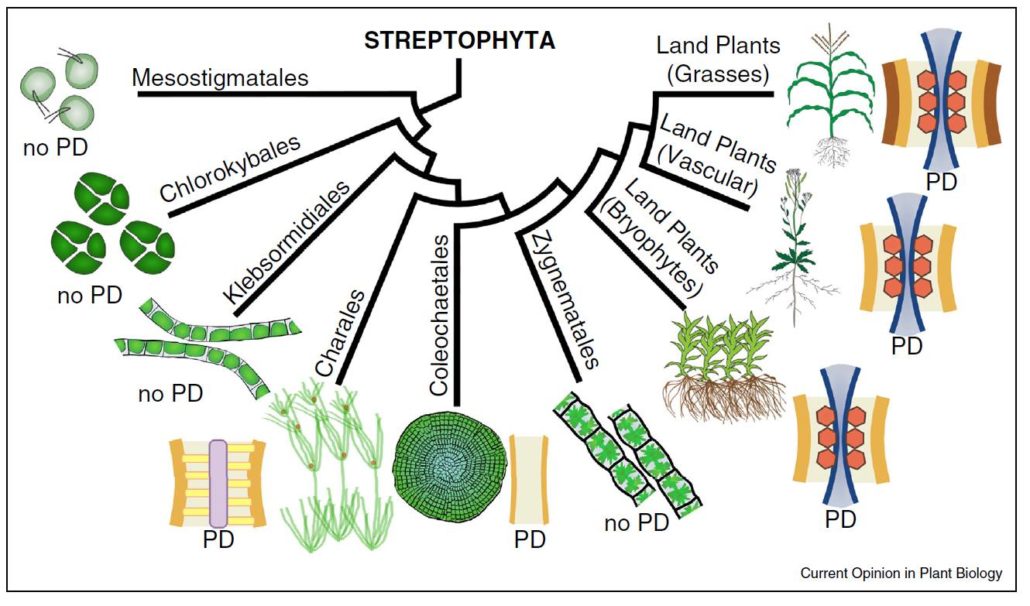
Review: Plasmodesmata, pores between cells ($)
Plant Science Research Weekly, ResearchThe cytosol of most plant cells are connected by plasmodesmata, tiny channels that form bridges between adjoining cells (guard cells notably lack plasmodesmatal connections). Water, ions, small molecules, proteins and viruses can move through plasmodesmata. Upon wounding or infection, plasmodesmatal…
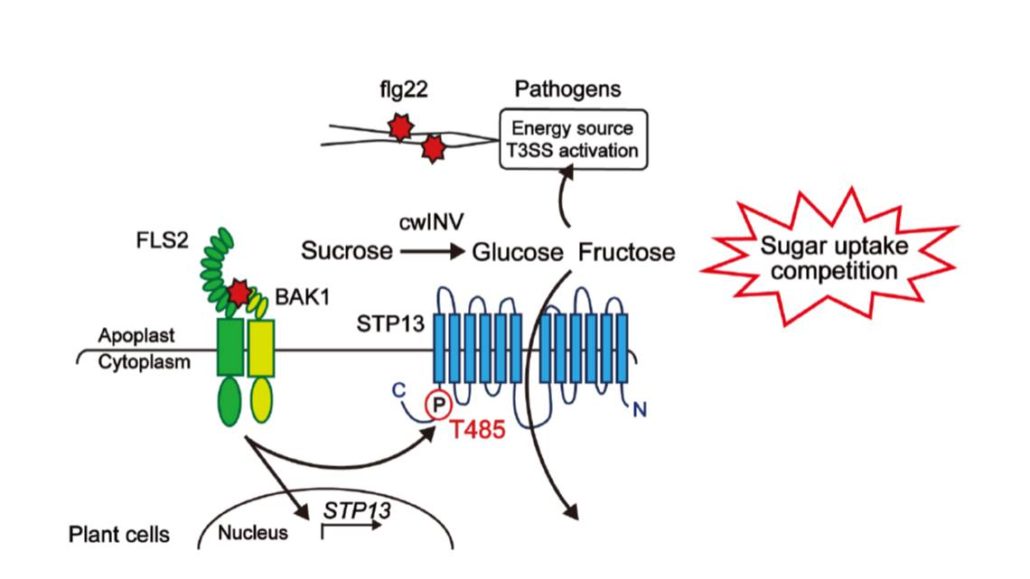
Stimulation of sugar import for antibacterial defense ($)
Plant Science Research Weekly, Research
When villagers see the marauding hordes approaching, they secure their food sources. Similarly, when the cell-surface FLS2 receptor detects a bacterial pathogen, it (through its co-receptor BAK1) phosphorylates and stimulates the activity of a cell-surface sugar transporter (STP13), leading to the…
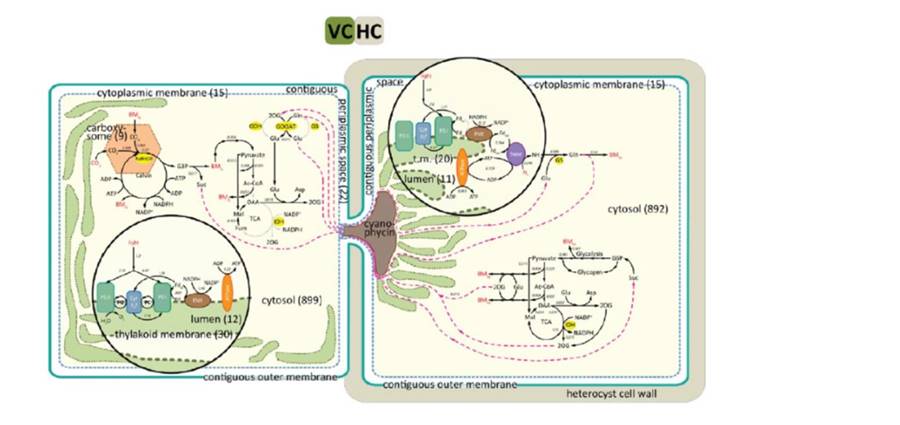
Two-cell metabolism in multicellular cyanobacteria ($)
Plant Science Research Weekly, Research
Nitrogen-fixing cyanobacteria such as Anabaena sp. PCC 7120 have the challenge of supporting nitrogenase, an enzyme that is highly sensitive to oxygen, and simultaneously photosynthesis, an oxygen-producing set of reactions. They accomplish this by segregating these reactions into two cells, heterocysts…
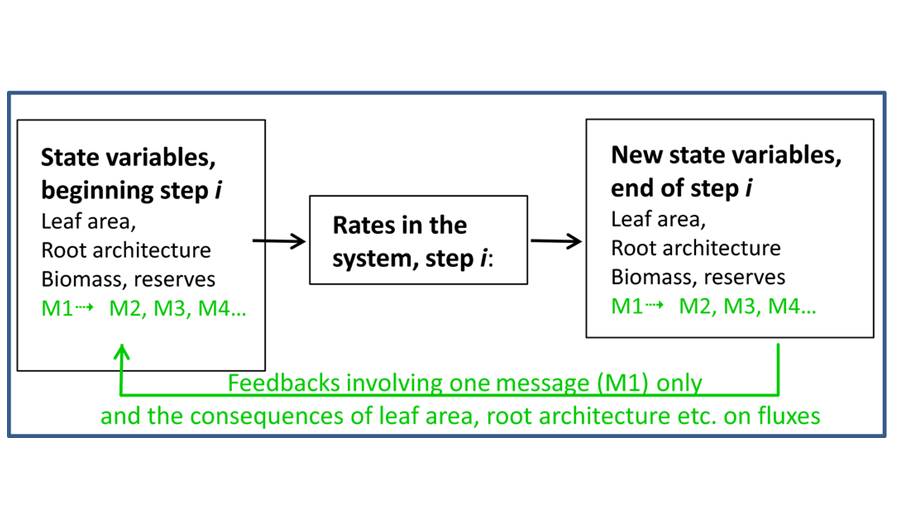
Commentary: Chemical nature of the root-shoot signals
Plant Science Research Weekly, Research
Unravelling the mechanism and signals originating from roots and able to contribute to stomatal control has been the subject of research for decades. In this commentary, Tardieu summarizes and discusses many studies and models on root-shoot signals, including work in the same issue by Visentin et…
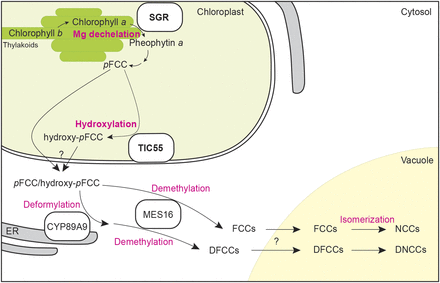
It’s Not Easy Not Being Green: Breakthroughs in Chlorophyll Breakdown
Research, The Plant Cell, The Plant Cell: In Brief
IN BRIEF by Jennifer Mach [email protected]
Plants can dispose of organs such as leaves and recycle the nutrients in these organs into new leaves, seeds, or storage organs. However, when separated from its photosystem proteins, chlorophyll can be phototoxic, absorbing light and producing high-energy…

Ticket to Ride: tRNA-Related Sequences and Systemic Movement of mRNAs
Blog, Research, The Plant Cell: In BriefIN BRIEF by Jennifer Mach [email protected]
Movement of macromolecules through the plant phloem provides a mechanism for long-distance signaling that plants use in development, disease resistance, and other adaptive responses (reviewed in Spiegelman et al., 2013). For example, full-length RNAs, such…

